Hugo Mendes – Identity is in the trait

“Sunday Nood” and “Nirivalele hi Kuxwela”. Two exhibitions separated by four years. We recognize the artistic line, but not the style. If the first explored the body – the female – as a way of exorcising old ghosts; in the second, he experiences a dreamlike universe, summoning the everyday mystique that we recognize as Mozambicans. The name is the same: Hugo Mendes, who has also helped to change the urban landscape of Maputo, as now with the intervention on the Alcântara dos Santos viaduct.
How was your artistic identity defined?
It was all the result of experiences, influences and other things that I saw over time. I’m trying to represent something that I identified with. Therefore, my characters tend to be black and the themes of my works tend to be focused on Mozambican culture.
Advertising
One of your biggest references is Matias Ntundo. Are you concerned about putting your art in dialogue with his?
I have never made a conscious exercise of putting my art in dialogue with his art. I see more the way he approaches certain aspects. I find myself thinking that he is a sculptor and approaches the art of illustration printmaking with the vision of a sculptor and not with the vision of a designer. I also try to do this with my work, approach it in different ways. That’s why I not only have references from artists who draw or paint, but also from photography and cinema. In the specific case of Matias Ntundo, it is the way he represents Makonde culture that fascinates me.
There are already two exhibitions. “Sunday Nood” from 2018 and “Nirivalele hi Kuxwela” from 2022. Were these exhibitions already defined at first?
It all starts with a painting, when I think I have something done that says something to me, different from all the others. The exhibition ends up being a consequence of the artworks. When I make the artworks, I try to be conceptual. When I take a step back and realize that there are connections between them, then I can think about putting together an exhibition based on these connections.

In “nirivalele hi kuxwela’’, despite perhaps finding the same technique as in “Sunday Nood”, we perceive other contours of your artistic line. Was it intentional?
The artworks for this exhibition were created during the period of isolation due to the pandemic. And I tried to do an exercise to change my style a little. Instead of presenting figures that are so human, so real, I tried to do something more surreal, more from the world of dreams. This, perhaps, was the first concept of the exhibition. And it also ended up being special because of the installation. I didn’t want that sterile, typical gallery look. I wanted people to come in and feel part of the artworks.
How did this artistic line of the installation come about, which also reminds us of the artistic line made for the Azgo Festival?
I created the pattern without any pretensions. I like to think of it as tribal markings. And being part of an edition of the Festival that celebrated Afrotourism was special. But it wasn’t the first time I thought about Afrotourism. I did the cover of “Used to be African” by Cacique 97; The idea was to think about what it would be like if an African country had an astronaut and sent him into space. And I made an astronaut with Makonde tattoos. And that’s what I want, to elevate my country to the highest levels. I’m not Makonde. But I feel Makonde. I don’t want Mozambique to be just an asterisk in art history.
I’m trying to represent something that I identified with. Therefore, my characters tend to be black and the themes of my works tend to be focused on Mozambican culture.
Edição 81 Out/Nov/ Dez| Download.
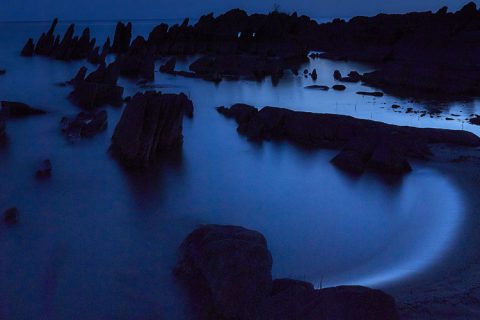
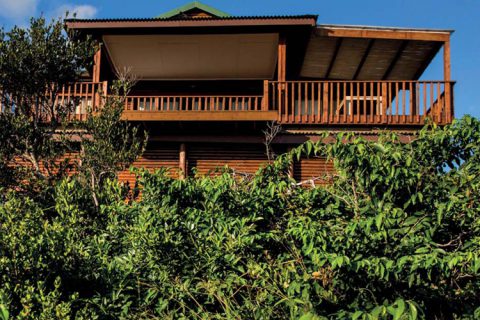


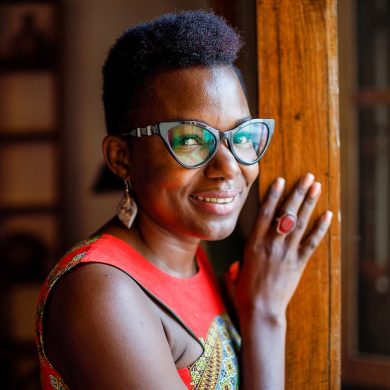
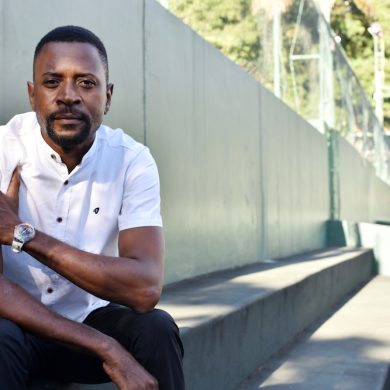
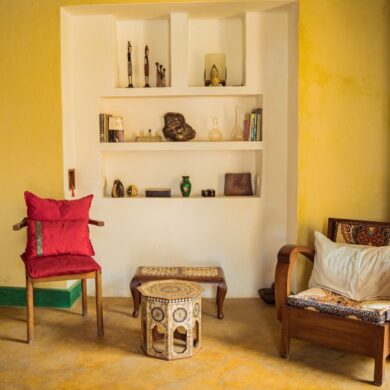
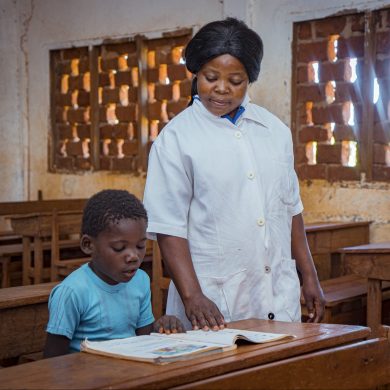
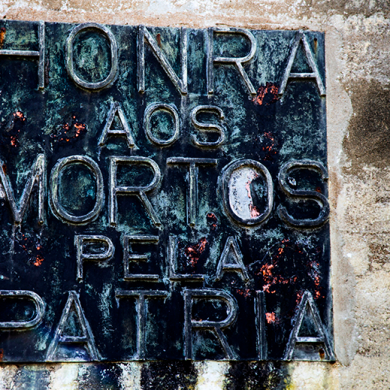
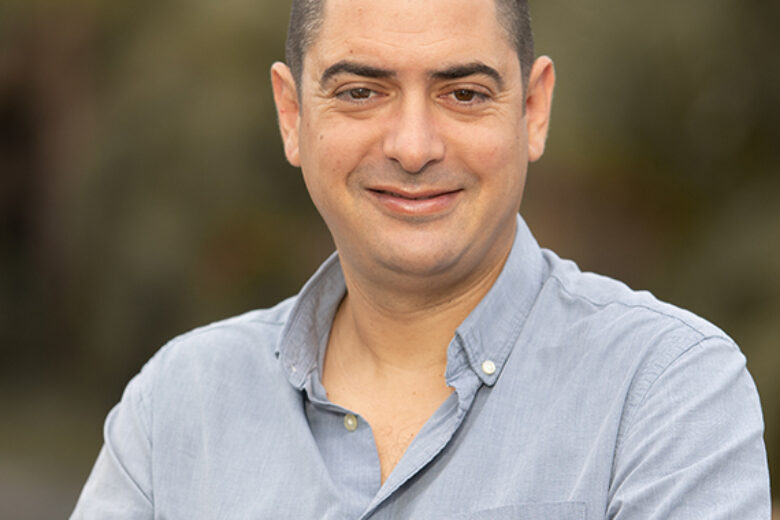
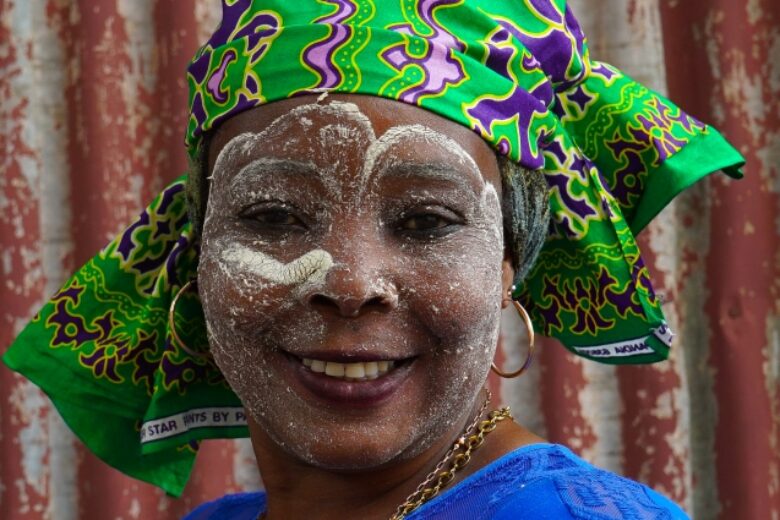





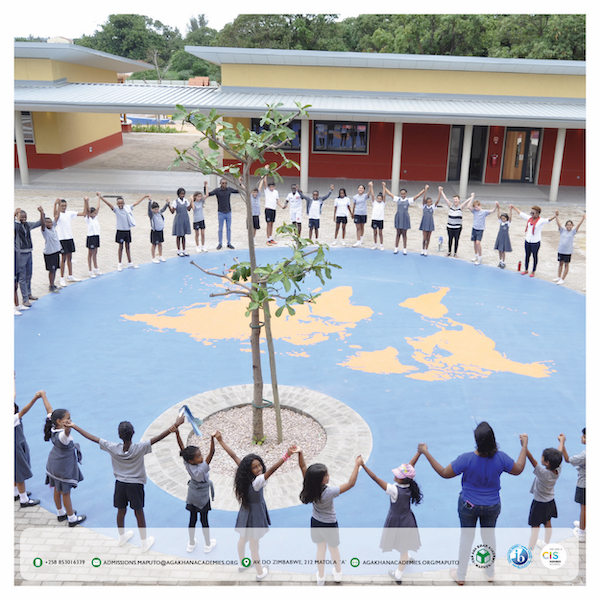









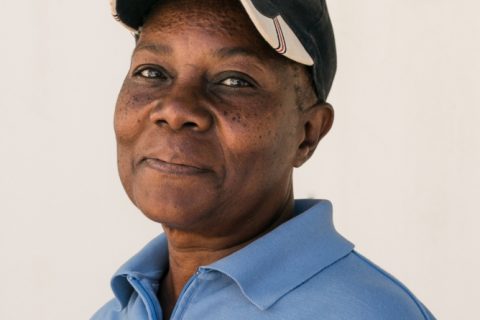
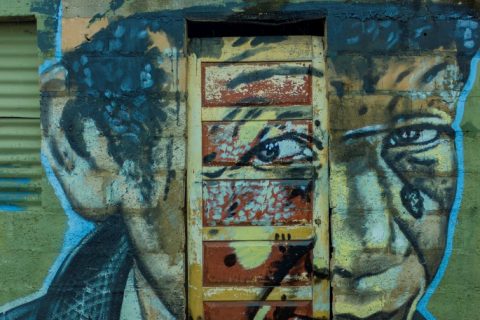

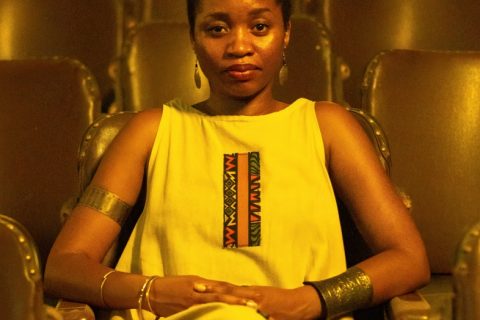
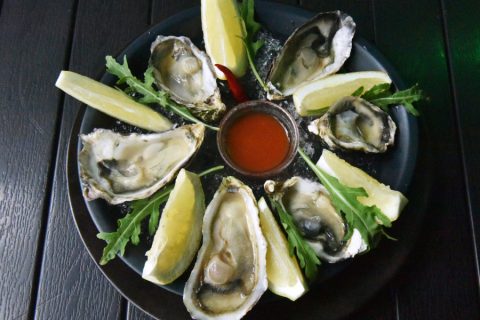
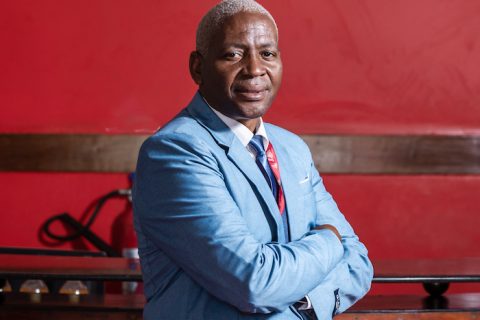
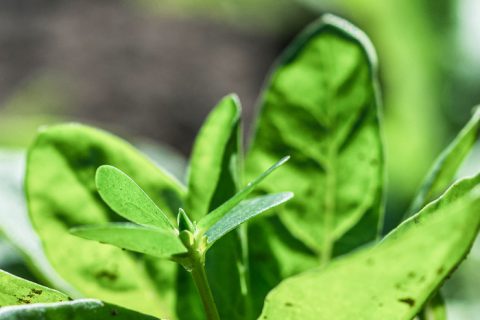
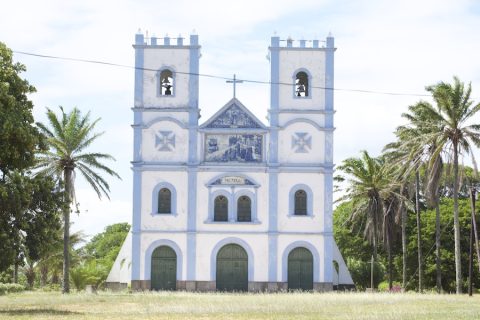
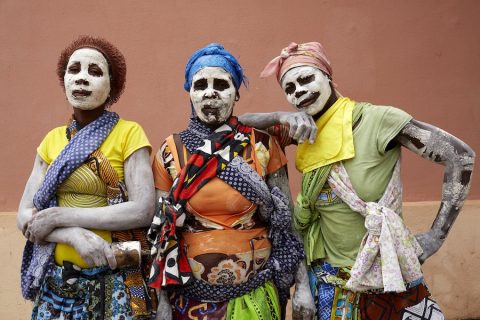
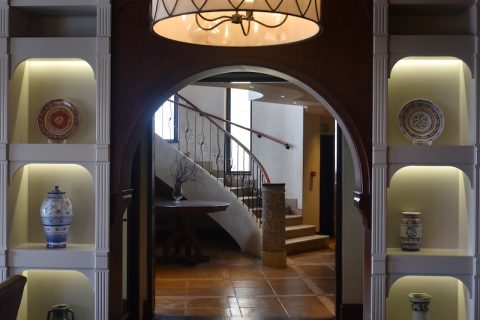


0 Comments